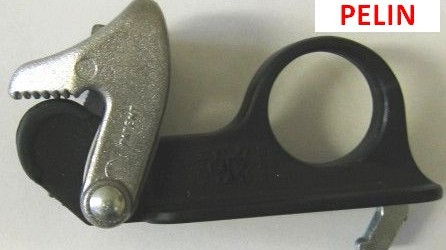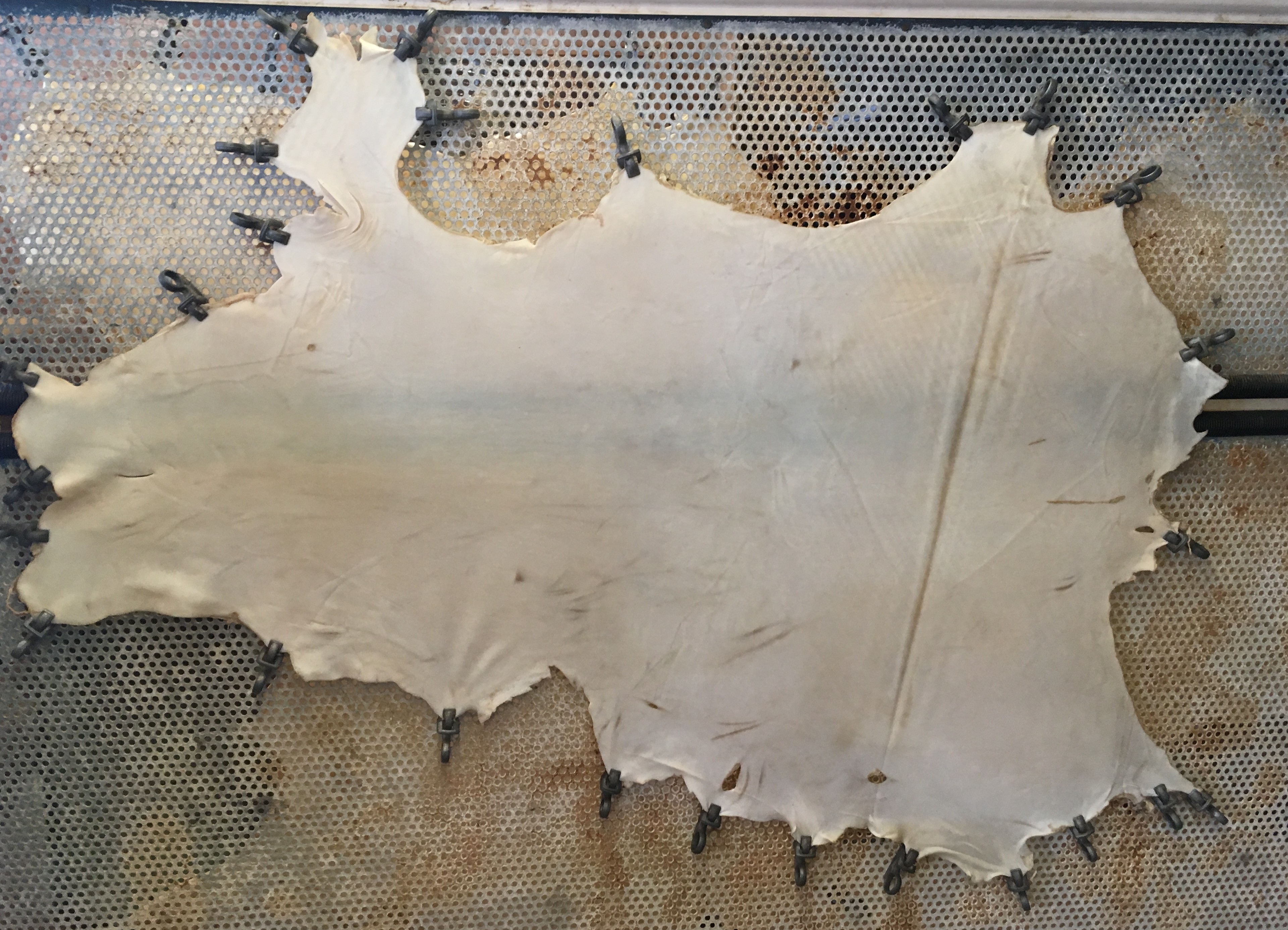Why Tanneries Need to Take a Closer Look at Toggle Clips
Toggle drying is a time-tested leather drying method employed at most tanneries. Whether drying raw hides or dyed leathers, with homemade frames against a barn wall or million-dollar automated monster machines with PLC controlled, multi-zoned drying environments…There is one thing every dryer has in common: Securing the skin to the frame with toggle clips.
While toggle operators may seem to have a simple job, they account for the most days lost to injury in automotive leather production. It’s surprising until you look at the simplest part of the machine: Toggle clips.
Toggle operators account for the most days lost to injury per year in automotive leather production.
Toggle Clips: Small Components, Big Influence
If we look at a medium-sized toggle dryer with 75 whole-hide frames, mounting two hides per frame, using about 40 – 50 toggles per hide, there are about 6,000 toggles clipped per drying cycle. Each working day usually accounts for at least one drying cycle. Due to environmental controls within the drying chamber, a modern machine dries a hide in a couple of hours. If two operators work the machine for one cycle, then each operator will mount at least 3,000 toggles per day.
When buying a toggle machine, most tanneries order toggles based on the machine’s production numbers. In the above example, the manufacturer would supply about 7,500 toggles to cover the amount used at any one time, plus a small surplus.
How to Match the Toggle Clip Design to the Leather
Let’s take a closer look at the actual toggle; the device that clips onto the hide and secures it to the toggle frame. The design is simple. The toggle is a spring-loaded clip with a thumb lever to open the jaw, a finger hole to pull and stretch the hide through, and a pin to secure the clip to the frame. The frame looks like a giant peg board. This allows for an equal amount of stretch regardless of the size or shape of the hide.
While engineers considered the physical size and drying ability of the machine, it seems they ran out of time for the toggle clip. It may be too simple to worry about, but there are three critical variables that should align to the nature of the job that the toggle clips (and the operators) are expected to do:
1. Jaw Opening
The ability of the jaw to open and take the leather is important. The correct toggle for raw hides is not the same for finished hides, just as the correct toggle for automotive is not the same for footwear. It’s not about being able to open the jaw as wide as possible. The goal is to have the correct contact angle between the closed jaw and the hide. This ensures that the clip does not slip as the hide shrinks during drying. Forcing the jaw to open too wide creates extra effort for the operators and could result in an insecure hold during drying.
2. Spring Tension
At first thought it seems a higher spring tension would provide a better hold on the hide. However, it’s the geometry of the toggle that creates the secure hold for drying. As the hide shrinks, it will pull on the toggles. If the toggles match the leather type, the jaw will grip tighter as the pulling force increases. What we will find in most toggles is that the spring is heavier than necessary. This makes more work for the operator, requiring as much as two pounds of effort to open the jaw. When each operator is opening at least 3,000 toggles per day, that’s asking their thumbs to lift 6,000 pounds daily.
The solution? You can order toggles with reduced spring tension, but it is critical to make sure you have the correct geometry first! In fact, the reason spring tension is often too high is to make the generic toggle more usable for a wider variety of leathers. Matching toggles to the leather in process will ensure you retain tension while drying and protect the hands of your operators.

3. Finger Hole
Most toggles have one finger hole for the operator to pull the hide through and lock the pin into place on the peg board. The tannery wants to maximize surface area and will ask the operator for a certain amount of “pull” on each clip. This pulling action results in the second of the two repetitive motion injuries common for toggle operators.
To avoid this, purchase a toggle with a two finger oval instead of the single finger circle. This design allows the operator to exert a greater amount of pulling force with comfort. This provides better ergonomics and alleviates the pressure on the operators’ fingers.
The toggle clip may be a small piece of your tannery operations, but it can have a significant impact on its success. Take a second look at the toggles you’re using. Are they best matched for the leather you’re processing? Are your operators often injured? Are you seeing slip or grip issues on your peg boards? Save yourself time and money by making the small investment into better toggle clips.
Since machine manufacturers may only have a few standard options, you may need to look at aftermarket suppliers specializing in tanning machine accessories. The extra time it takes to shop around and the investment in replacement toggles could end up improving your bottom line more than you expect.



